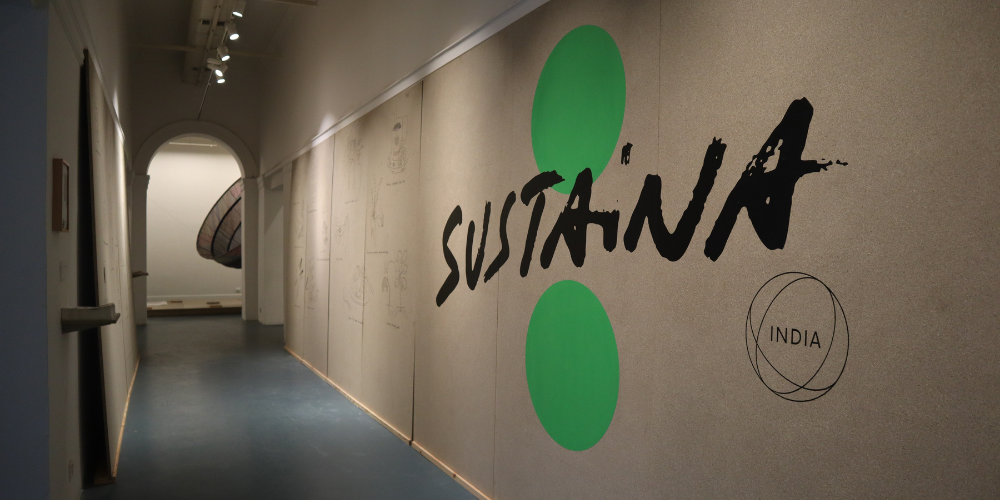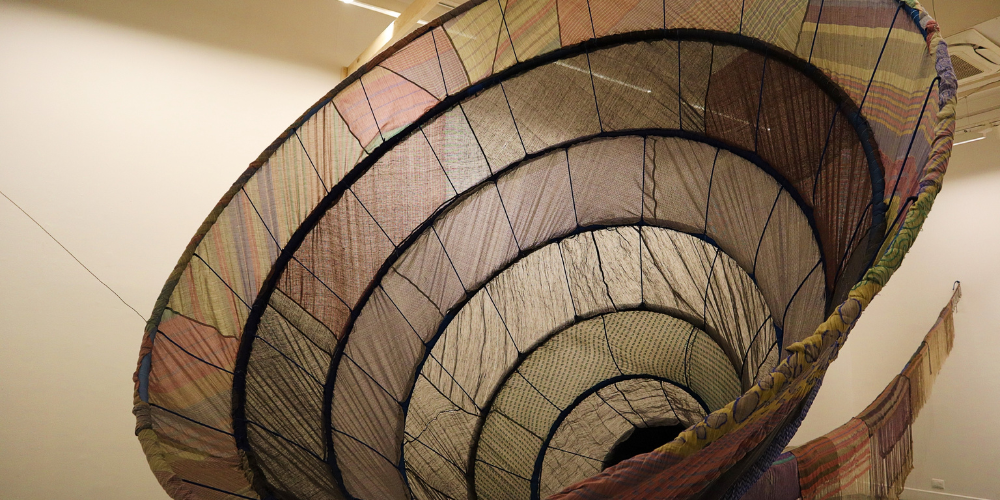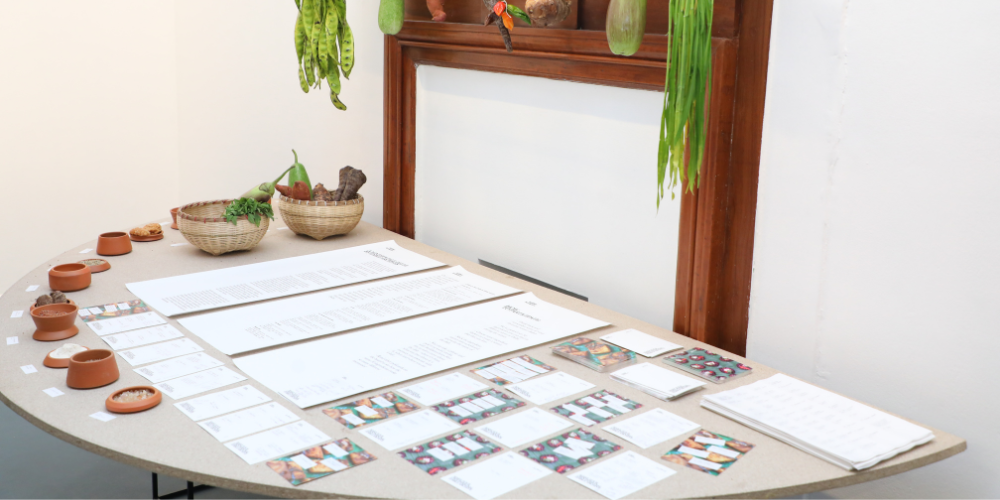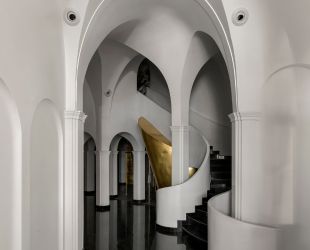Design
5 Questions with Jiten Thukral and Sumir Tagra on the critical connection of art and climate
FEB 13, 2024 | By Pratishtha Rana
Tip-toeing through the web of conscious utopia and dystopia, the world has become a delicate cradle of consequences that look straight in the eye of our actions — good and otherwise. With the reality of climate escalations becoming an everyday occurrence in our forgettable conversations, dialogues and bulletin headlines, what could be the next step to awareness, one that stays and impacts?
Perhaps, art, or indeed. With the environment and perception at its crux, artists Sumir Tagra and Jiten Thukral, also colloquially known as Thukral & Tagra envision Sustaina India, instituting climate awareness and sustainability with Council on Energy, Environment and Water (CEEW).
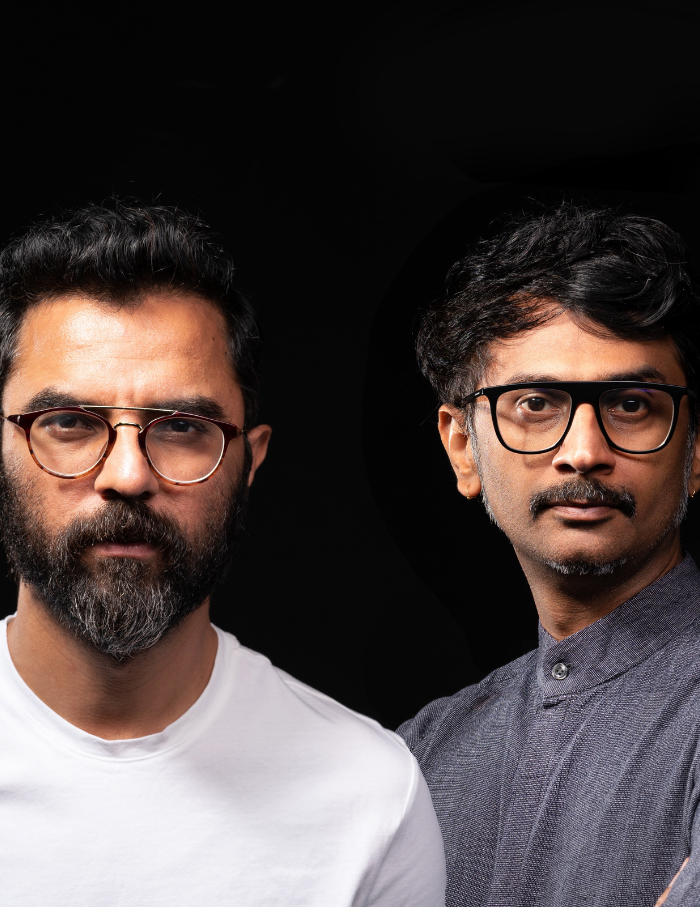
On view until 15th February at Bikaner House, New Delhi, Sustaina India along with Aditya Srinivas Mopidevi sculpts a critical connection between artworks, artists and everyday materials to realign our relationship with the planet. With “eyes to the ground, heart to the horizon” at its nexus, a cohort of artists, including three Sustaina India fellows Debasmita Ghosh, Manjot Kaur and Rachna Toshniwal celebrate and reignite awareness for the climate through sensorially elevated intel of touch, smell, sound and vision across their works of art. Thukral & Tagra dwell on it all with ELLE DECOR India, excerpts below…
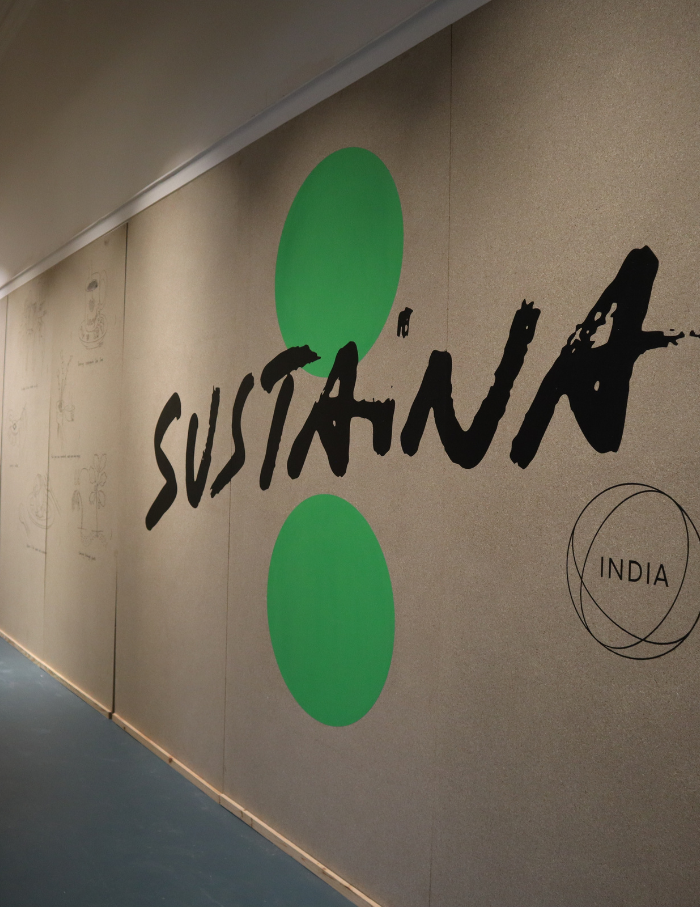
What was the starting point and initial ideas that gave way to Sustaina India’s first edition?
We have been working on climate change and its effects on farming as an ongoing project. For both of us the climate urgencies are at the forefront of many conversations we have been having through our games. CEEW showed interest in our 2030, ten years of climate action and asked us to think of something that can be done as a joint venture. Working with a think tank which has a very strong base of research was just the right kind of partnership. After taking some time to plan our further steps, Sustaina India was born.
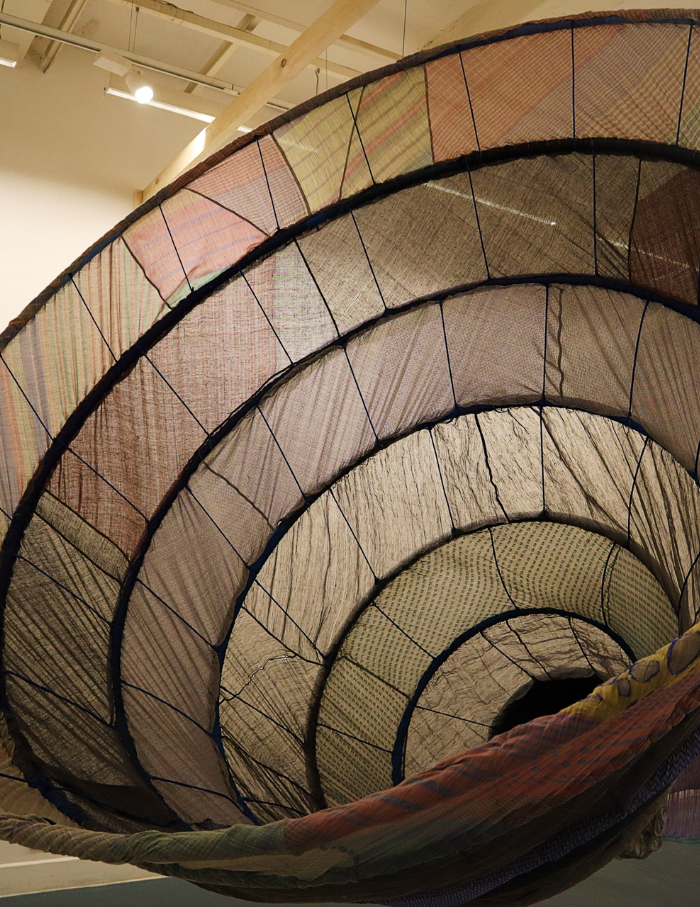

How do you aim to weave the idea of climate awareness and sustainability through artworks and installations?
Artistic practices have a compelling narrative. Through their art, they help us to understand both emotionally and physically. With Sustaina India – ears on the ground and heart on the horizon, we attempt to amplify the urges as a response to the environmental changes we face today.
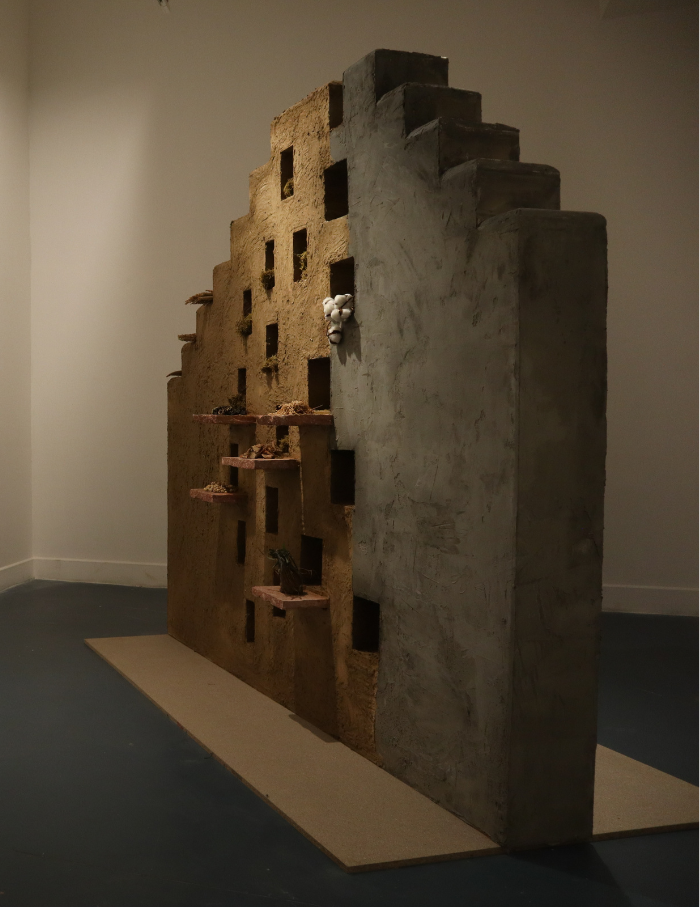
Why do you think now is a critical time for art and artists in India? What are some artworks that you would like to highlight from Sustaina?
Art reflects the time. Throughout history the art is seen as a “litmus test” to society. The impact of rising temperatures on our daily lives is becoming increasingly evident. A notable example is highlighted in Debasmita Ghosh’s research within the Kondh community. As an architect, she explores the shift to cement homes which trap heat and discourage indoor activities. Debasmita’s findings reveal a significant consequence: families struggle to spend quality time together, straining relationships. Her work showcased in the exhibition vividly illustrates this material transformation and its profound effects on community dynamics.


What was the aim behind involving artists with varied disciplines in Sustaina India?
For the inaugural exhibition, we wanted to touch upon diverse practices which included, textile, photography, film, field research, music, community engagement, food and performance. We wanted to highlight certain practices which compels the audiences to think with the idea of recording changes. As our curatorial note says – At the heart of Sustaina India is learning that sustainability is a gradual and decentralised process of adapting to climate change. It cannot be imported and transposed, but needs to be built from the ground up across disciplines and demographics.

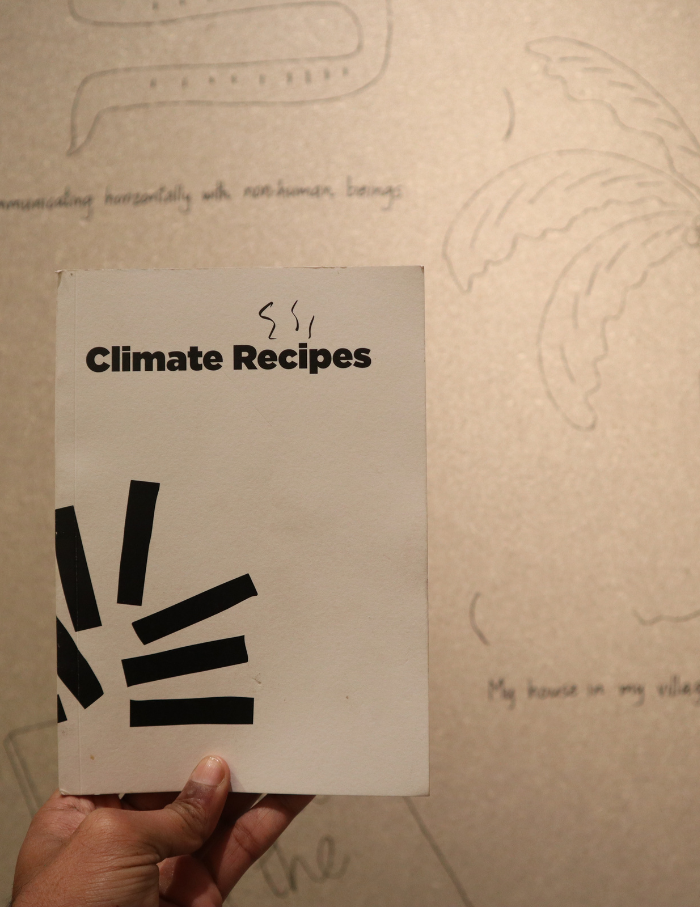
What are some notable excerpts you would like to share about the conceptualising and execution of the exhibition?
No plastic is used. The exhibition design is done with Agri bio panels, the food served was from second meals by Le Meridien. The travel for the exhibition was done in Blu cabs (BluSmart EV Cars).
You may also like: 5 Questions with Garima Agarwal of Peekaboo Interiors on the importance of colour psychology in designing kids spaces



